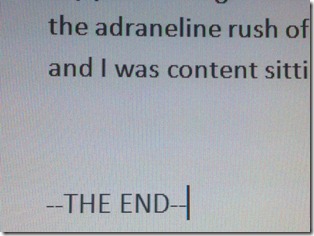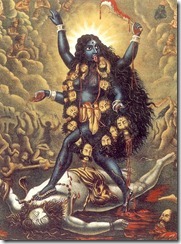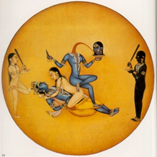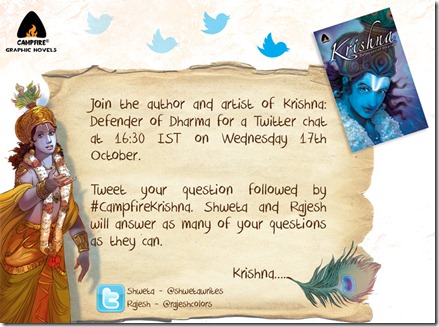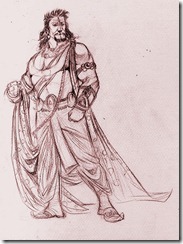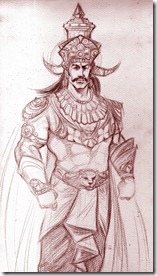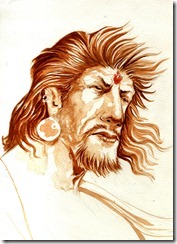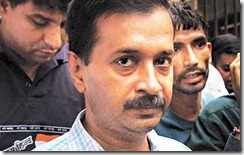Do you find it hard to actually get down to writing? Some of these apps and websites may be of help

Got the feeling that you too could write a book if you had the time? If you harbour a secret wish to become a writer, we have a solution for you—technology aids which can help you overcome writer’s block, keep you motivated or help you spur your imagination.
I procrastinate/I am not motivated enough
Fear is a primal emotion. It makes you react in unexpected, emotional ways. Destroy the block in your mind which is not letting you write with Write or Die, a Web app which pushes you to write more, with gentle and harsh penalties if you don’t start typing. “The app encourages writing by punishing the tendency to avoid writing,” says the website. Write or Die gives you an online textbox to write in and comes with an auto-save feature. You can use the app in three modes—Gentle Mode, where a box pops up if you stop writing for a certain amount of time; Normal Mode, which plays an unpleasant sound if you don’t continue to write; and the desperate Kamikaze Mode, which will delete what you have already written if you don’t write more.
If you don’t want negative reinforcement, try out Written? Kitten! instead, which rewards you for getting work done. The app rewards you with a cutesy kitten photograph for every 100 (or 200 or 500 or 1,000) words that you write. The kitten photographs are selected randomly from Flickr’s “most interesting” photos matching the tags “kitten” and “cute”. You get the picture? If you haven’t, then write some more.
Write or Die is available online for Mac, PC and Linux ($10, or around Rs.525) and on iTunes for iPad ($9.99).
Written? Kitten! is available online for free.
I am overwhelmed by ideas
Whether you’re writing or filing a report for work or college, your text needs to be linear and logical, but that’s not how your brain functions. Your brain tends to send spurts of ideas, connections, links and visuals all together on the topic you have been thinking about. And collating all of it into an ordered linear progression can be an uphill task.
According to The Mind Map Book created by Tony and Barry Buzan (2010), the solution is to create a mind map of the idea. A mind map starts with a basic idea and helps you radiate outwards and develop it by putting in associated ideas, words, concepts and links, closely resembling the brain’s neuronal structure with its infinite connections and its multilateral thinking, write the Buzans in their book.
Mind-mapping is easier now with smartphones. SimpleMind offers a basic freeflowing mind-map layout with options to add in colours and icons to bubbles which you connect in your flow chart. If you want something more comprehensive, opt for iThoughtsHD, which gives you the option of attacking all the niggles in your writing not only with a free-flowing mind map but also with other corporate tools like Six Thinking Hats and SWOT analysis. The app is even used by pastors to plan sermons, developer Craig Scott tells us in an email.
SimpleMind is available on Google Play and iTunes (free).
iThoughts is available on iTunes for iPhone ($7.99) and iThoughtsHD for iPad ($9.99).
I can’t think of a good idea
Sometimes a spark is all you need to ignite your creative juices. Get phrases and words which will get you on a thinking binge for creative work by installing Fiction Idea Generator. FIG, as it is called, creates random plots with elements like tense (past, present, future), narrator type (first, second, third), period, situation, protagonist, tritagonist and their relationship.
If you don’t like a structured plot suggestion and would rather go for just a few random prompts, opt for Writing Prompts, an app by the popular writing help website Writing.com. You can opt for suggestions through sketches, current news headlines and articles or, simply, a group of jumbled words. All you have to do is shake your phone and something new will crop up on your screen.
Fiction Idea Generator is available on iTunes, Amazon, Google Play and Samsung Apps (free).
Writing Prompts is available on iTunes, Google Play, Kindle Fire ($1.99).
I can’t find the time
It’s all about managing it right. The Pomodoro Technique helps people manage their 24 hours better by breaking them down into 25-minute periods of work called “pomodoros” (which means tomatoes in Italian), interspersed with 5-minute breaks. Created by Francesco Cirillo in the 1980s, the technique sounds the alarm for you to take a break and get back to work.
“I use the Pomodoro Technique myself,” says Baris Sarer, owner of the newly launched app on iTunes,It’s Pomodoro Time!, “especially when writing. It helps focus without exhausting and overworking your brain.” He loves the technique enough to launch an app that uses all its features well. With It’s Pomodoro Time! you can set daily targets of how much you want to write, set your pomodoros and use alarms to give yourself the much deserving break (and more importantly, to send you back to your desk).
It’s Pomodoro Time! is available on iTunes ($0.99).
I need human stimulus to work
To write, you have to eschew the social world. But if you want sympathy, empathy or company, become a part of the National Novel Writing Month . NaNoWriMo is a monthly online writing forum which begins every year in November. The goal is to write 50,000 words in November, with forums and groups of participants to help you all the way. The app NaNo Saga lets you compare your progress with your buddies’ and shows your novel details and current word count as well as the number of days left. Trust us, with more than 200,000 participants from across the world writing with you (last year, a whopping 256,618 participants wrote together), you will never feel lonely again.
NaNo Saga is available on iTunes ($0.99)
To read the complete article, head on to the HT Mint website.

